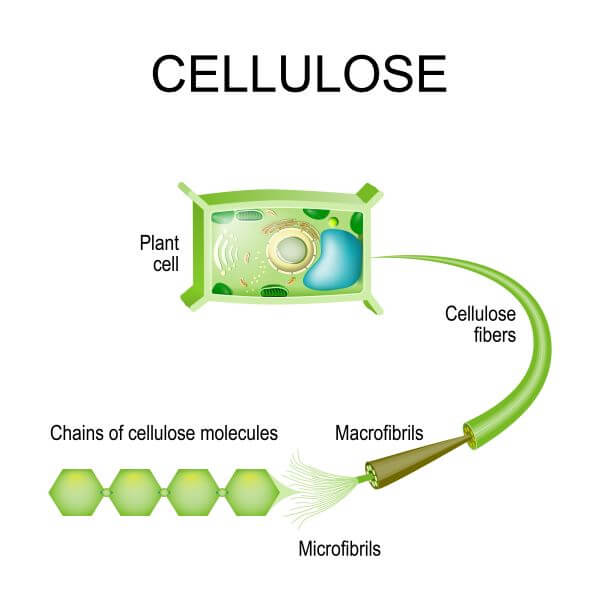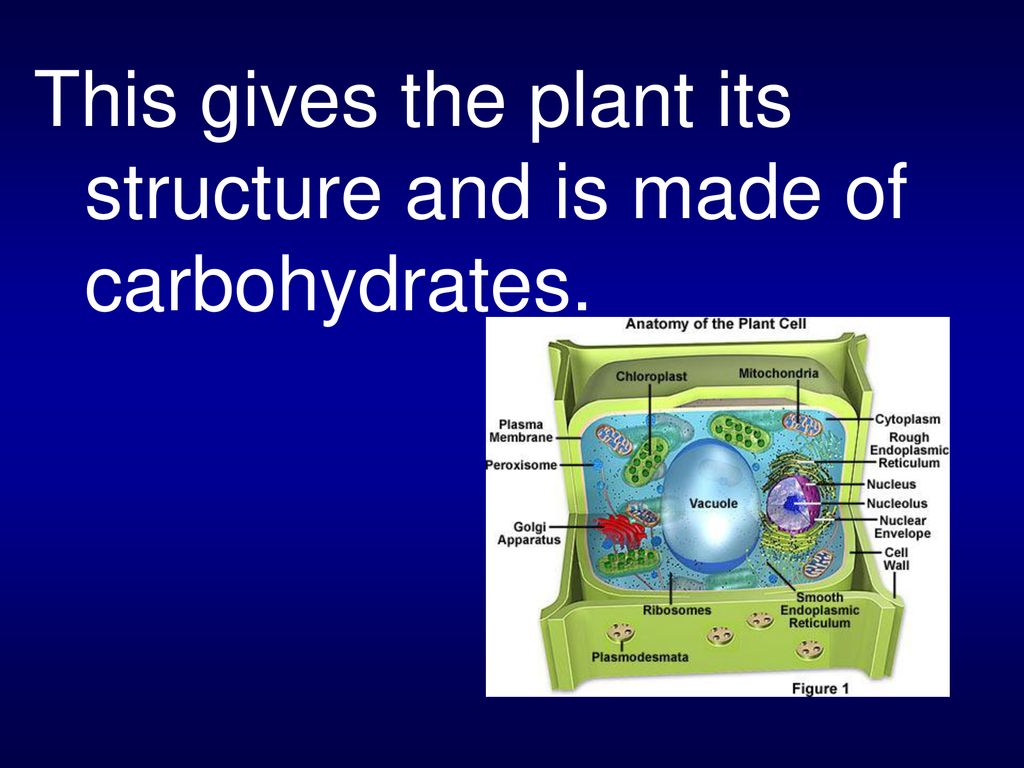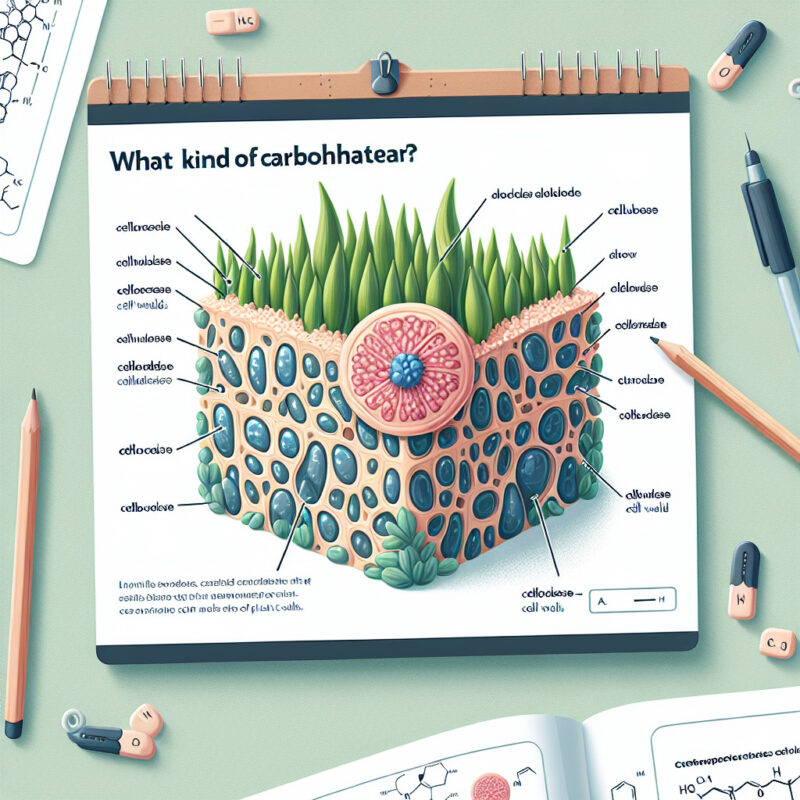Understanding Cellulose: The Key Carbohydrate Strengthening Plant Walls

Cellulose—a term you’ll probably see in every bio textbook, but why does it matter, and more importantly, why do some people instantly recall it while others blank out? The answer isn’t just about memorization. Let’s dig into the psychology behind why “cellulose” sticks (or doesn’t), and how understanding its role in plant cell walls can actually make biology easier to navigate.

Why Does Cellulose Matter? The Psychological Angle
Whenever you’re confronted with a term like cellulose, your brain is doing a split-second analysis: “Is this fact useful? Is it meaningful in my world?” If the answer feels abstract or irrelevant, your working memory tosses it into the forget pile.
But here’s where things get interesting—when you realize cellulose is literally what gives structure to things you touch every day (paper, jeans, even that celery stick in your lunch), your brain shifts from rote memorization to pattern recognition. Suddenly, “cellulose” isn’t just an answer on a test—it’s the reason your notebook doesn’t turn into mush when it gets wet.
Pattern Recognition vs. Rote Memorization
Research going back to the 1970s (Craik & Tulving) shows that information connected to meaningful patterns is encoded much more deeply than isolated facts. So if you recall that both paper and cotton are nearly pure cellulose—something tangible—the next time you see those items, they become retrieval cues for the concept itself.

Cognitive Traps: Why We Mix Up Starch, Cellulose, and Chitin
Let me share a personal blunder: Back in 2014, I was prepping for an advanced biology exam and kept swapping starch and cellulose—even though I knew one was storage and one was structure. My mistake? I kept treating them as vocabulary items instead of physical realities.
Here’s what finally clicked: I started drawing exaggerated diagrams of plant cells under attack by wind or rain—and sketched thick walls bracing themselves. That mental image anchored “cellulose = strong walls,” while starch got the soft potato/doughy imagery.
Psychologically speaking, visuals paired with function (“What does this DO?”) are much harder to forget than lists of definitions. This method is backed up by dual coding theory: combining words with images creates two neural pathways instead of one.
Sensory Memory Hacks—Triggering Recall With Real Objects
Ever snapped a celery stick and heard that crisp crunch? That sound is thousands of plant cells whose walls are loaded with cellulose. This sensory experience—sound plus touch—is far more memorable than reading a definition.

Here’s something you can try:
- Hold two objects: A cotton ball (nearly pure cellulose) and a piece of plastic.
- Feel the softness of cotton vs. synthetic smoothness.
- Now ask yourself: Which came from plant cell walls?
These small experiments prime multiple sensory pathways, making abstract concepts concrete—and thus easier for your brain to retrieve under stress (like during tests).
The Evolutionary Psychology Behind Why Humans Can’t Digest Cellulose
Cows thrive on grass because their digestive system evolved alongside bacteria capable of breaking down cellulose—a symbiotic relationship honed over millennia. Humans lack these enzymes because our evolutionary path favored energy-dense fruits and tubers over fibrous grasses.
This evolutionary mismatch explains why fiber passes through us mostly undigested—it’s not just trivia; it’s nature writing efficiency code in our guts! When you connect this fact to lived experience (“salad goes right through me!”), psychological salience increases—making it much easier to remember than anonymous textbook jargon.

Avoiding Common Pitfalls: Cognitive Shortcuts For Remembering Functions
Many students fall into what psychologists call “surface learning”—memorizing terms without tying them to use or purpose. But shifting towards “deep learning” by always asking why locks those terms in place:
- When asked about plant structure—think cellulose (the scaffold).
- For energy storage—think starch (the pantry).
- For animal/fungi armor—think chitin (the suit).
Reframing concepts as roles within living systems provides psychological hooks for memory retrieval—not just for exams but later applications too.
Concrete Tools For Long-Term Retention
Here’s an actionable approach rooted in cognitive science:
- Active Recall: Write “cellulose” three times—but next to each instance, jot how it appears around you (paper cup at breakfast; tag on cotton shirt; stringy bits in lettuce).
- Elaborative Interrogation: Ask yourself aloud: “Why would plants need strong walls?” Your brain works harder when forced to create explanations, reinforcing connections.
- Test Yourself Under Pressure: Close your eyes before bed and list all places you encountered cellulose today.
- Teach It To Someone Else: Research from Harvard shows explaining concepts—even badly!—forces neural restructuring (“the protégé effect”).
Real-World Numbers Add Impact
Consider this: Cotton fibers contain about 91% cellulose by weight, wood pulp used for paper hovers around 40–50%. These numbers aren’t just trivia—they give weight (literally) to how ubiquitous this molecule really is.
And here’s a twist: The annual global production of natural cellulose from plants exceeds 100 billion tons—a testament to its foundational role not only in biology but entire human economies!
What To Do Next
If this still feels abstract:
- Snap some celery tonight and listen.
- Check clothing tags tomorrow morning.
- Sketch out a plant cell wall next time you doodle—and label those bricks as cellulose.
When exam day comes around—or someone asks why we don’t eat grass—you won’t just remember “cellulose.” You’ll understand its story inside every leaf or page you encounter…which is exactly how lasting mastery starts.
Remember: Biology isn’t about lists—it’s about relationships between function and form, hardwired into our daily lives. That realization changes everything about how well facts stick with us…well beyond classroom walls.



